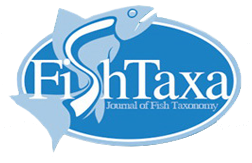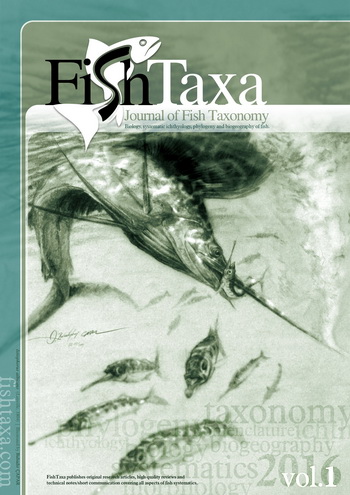Enhancing Fish Taxonomy with AI-Assisted Photographic Identification Tools
Waqas Ahmad Department of Computer Science, Superior University Lahore, Pakistan.
Zubair Hussain Department of Computer Science, Superior University Lahore, Pakistan.
Muhammad Raheel Department of Business and Management, University of Greenwich, London, England.
Abstract
Accurate species identification is the cornerstone of every taxonomic investigation and an essential component of biological research protocols. Biologists are calling for more efficient methods to handle the identifying need. Even people without solid experience in computer science may now independently apply state-of-the-art algorithms to their problems and datasets due to machine learning software that is getting easier to use. However, fundamental knowledge and some familiarity with the technology being used are still necessary. Around the world, efforts are being made to use data and automated processes to manage better and increase the efficiency of the fish industry, decrease the need for human labour in fishing and aquaculture, prevent diseases in fish farms, prevent pollution of the environment, and increase the number of fish available for human consumption. The most advanced fish identification (ID) technologies, including those that are still in the early phases of development, are evaluated in this research. It demonstrates how, in a variety of real-world scenarios, they could be the best option. The identification tools that were reviewed included the following: morphometrics (like IPez), scale and otolith morphology, genetic methods (like SNPs and barcodes), interactive electronic keys (like IPOFIS), taxonomic reference collections, image recognition software, dichotomous key-based field guides, the use of taxonomists and folk local experts, and hydroacoustic. It is anticipated to assist environmental administrators, fishery managers, and other end users in choosing the species identification instruments that best meet their needs.

